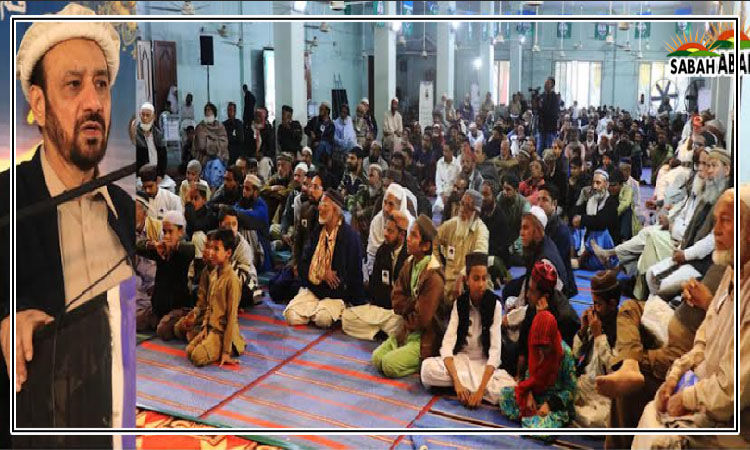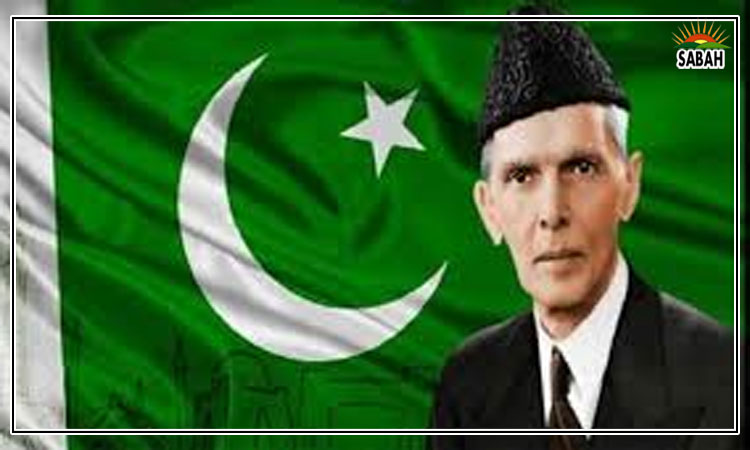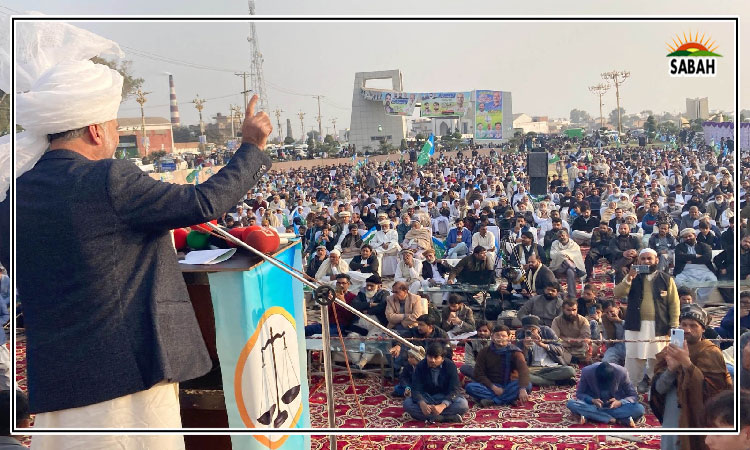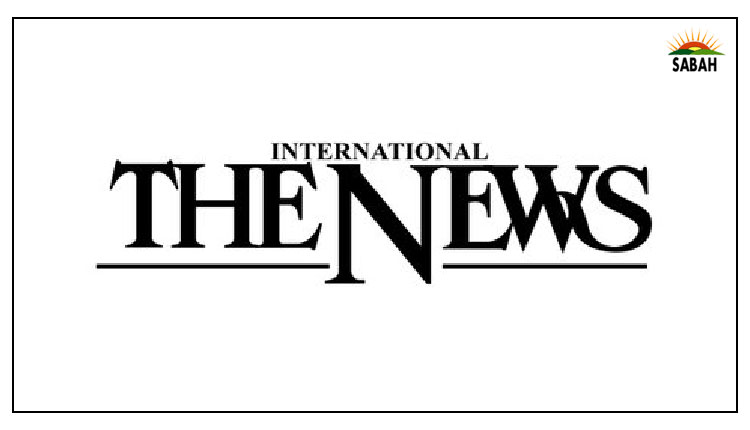Pakistan in the digital age…Dr Murtaza Khuhro
The philosophical orientation of Pakistan needs redirection. The 1940 Lahore resolution proposed the possibility of autonomous states for Muslims.
Within a mere seven years, the All India Muslim League, propelled by its religious identity, gained immense popularity. However, except for elections in December 1945 and January 1946, the party and its leadership failed to present a comprehensive vision for the new nation.
Ideally, the constitution should have been drafted by the elected representatives of Muslims and widely discussed, but that did not materialize. The two pivotal documents that laid the foundation for the new country were the 3rd June plan and the Indian Independence Act of 1947. The Act adopted the Government of India Act of 1935, inheriting only the concept of a federation.
But questions remained: What system of governance would the new country adopt? How would constituent units relate to each other? What would be the status of languages and cultures? And what about the people expected to migrate due to communal violence and uncertainties arising from Partition?
Aside from Quaid-e-Azam Muhammad Ali Jinnahs speech on August 11, 1947 to the Constituent Assembly, there is no comprehensive document addressing these concerns. A cohesive social contract or constitution might have been developed with a well-organized leadership hierarchy, having a clear vision from the grassroots to the top.
In the absence of such a party and leadership, the country fell under the influence of pre-existing administrative and defence structures, which were primarily trained to serve colonial powers and saw the populace as subjects. Their primary orientation was to remain aloof from politics, adhering strictly to established rules and the dictates of their superiors.
Post August 11, Pakistan was governed, ruled, and managed by individuals who predominantly believed in administrative solutions, as that was their training under colonial rule. Their approach to political, social, and cultural challenges was solely based on administrative methods, tactics, and strategy.
Compounding these challenges, Quaid-e-Azams deteriorating health limited his active involvement in governance and management issues. The Pakistan Muslim League began to fragment from within, and by 1948 it had splintered into multiple factions.
The civil bureaucracy, moulded by colonial masters, assumed control of the country. It was unrealistic to expect this bureaucracy to comprehend and address the political, social, and cultural nuances of the new country. Predictably, they often tackled even sensitive matters through a strictly administrative lens.
One critical factor has profoundly influenced the trajectory of Pakistan, shaping both its national identity and its peoples journey toward prosperity. In the aftermath of the Second World War, the world was bifurcated into two major power blocs: one led by the US representing capitalism, and the other led by the Soviet Union championing socialism. This division led to an antagonistic relationship, giving rise to the cold war.
By 1947, geopolitical shifts were well underway: China had undergone a revolution, the Korean War loomed large, and socialist movements in Vietnam and other nations gained momentum. India, the largest country after China, did not align with the US-led bloc. It was relatively easy for the US to enlist Pakistan as an ally, given the countrys lack of political direction, its well-organized defence institutions and historical ties to the UK.
General Ayub emerged as a pivotal figure, steering Pakistan under American influence. He played a significant role not only in Korea but also in the Middle East. When elections were slated for February 1959, he and Iskander Mirza were tasked with suppressing democratic impulses in Pakistan, further consolidating US influence.
Successive domestic crises, from the assassination of a prime minister due to as most experts believe his reluctance to participate in the Korean war to constitutional upheavals, illustrate that ad hoc governance has characterized Pakistans history. Such an approach is unsustainable. Nations cannot flourish when subjected to short-term, symptomatic treatments, a flaw also evident in the IMFs macroeconomic strategies.
The challenges facing Pakistan are not solely rooted in flawed administrative strategies or ties to former colonial masters. The economic vision put forth by the ruling elite has also proven detrimental to the people.
During the 1950s, an import-substitution strategy aimed at bolstering the industrial sector led to the rise of an economic oligarchy. Comprising just 22 families, this group thrived under policies inspired by trickle-down economics a flawed model that posited wealth would naturally flow from the affluent to the less fortunate who did not have any other option but to enjoy a portion of the leftovers at the dining table of the oligarchy.
Alarmingly, the transformative potential of human intellect has largely been overlooked by the ruling class, both past and present. Historical precedents show that when human intellect is nurtured, monumental shifts like the Industrial Revolution can occur. Conversely, when intellectual potential is stifled, progress stagnates a lesson starkly illustrated by the millennia leading up to the Industrial Revolution, which only gained momentum in the last quarter of the 18th century.
In the contemporary era, the ascent of China and other developing nations, Japans quarter-century stagnation, and the slowdown in most developed countries can mainly be attributed to the globalization of information, knowledge, research, innovation, and development (IKRID).
Enabled by the internet and related technologies, this shift has upended the traditional advantages held by developed countries, such as cheap labour and raw materials, as well as their monopoly on science and technology and the ability to set high prices for their finished goods. This paradigm shift sets the stage for the future course of the global economy.
It is crucial to recognize that an inclusive growth model one that treats all citizens equitably and provides them with quality education and skills for a changing world cannot materialize without embracing digitalization. The integration of digital technologies into all facets of economic activity, governmental operations, and key institutions like the judiciary is essential for ensuring a responsive and dynamic future for Pakistan.
Therefore, it is crucial to reevaluate Pakistans philosophical orientation. The constitution asserts that the people of Pakistan are the ultimate custodians of the nations destiny. This implies that all institutions, including constitutional courts, should serve the people rather than act as their overlords. A fundamental shift in this perspective is urgently needed.
Second, the constitution must guide all policymaking decisions. Upholding fundamental rights and articles like Articles 2A, 3, 4, and 5 is vital to developing a state rooted in rule of law and transparent governance.
Third, in this digital age, modernizing governmental processes is non-negotiable. The chief justice of Pakistan should spearhead efforts to digitize the judicial system, making it transparent and accessible to everyday citizens.
Implementing these foundational changes will enable Pakistan to stand on its feet, commanding both respect and dignity.
Courtesy The News












